When Michelle Sank approached young people on the streets of Sandwell, asking to take portraits…
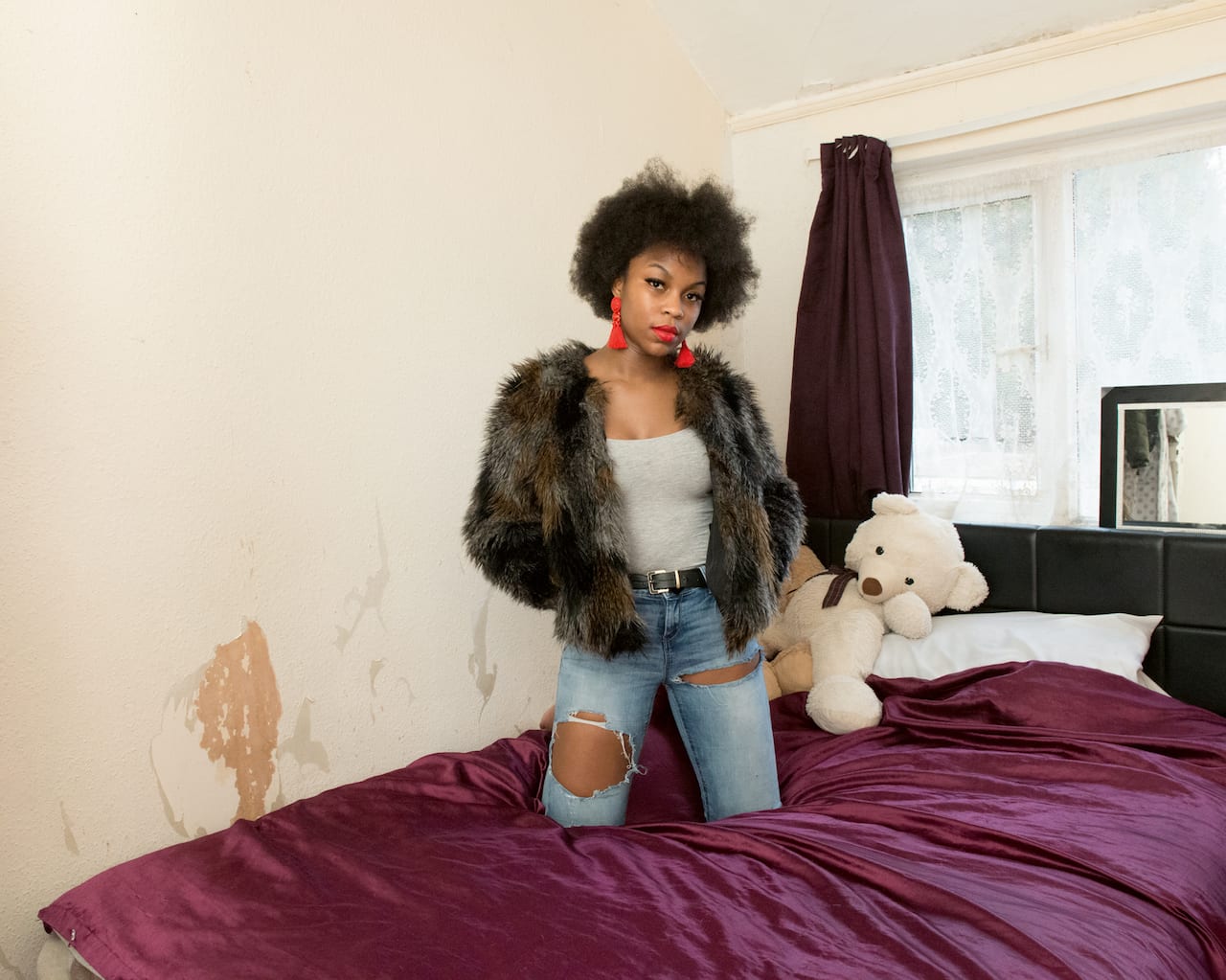

When Michelle Sank approached young people on the streets of Sandwell, asking to take portraits…
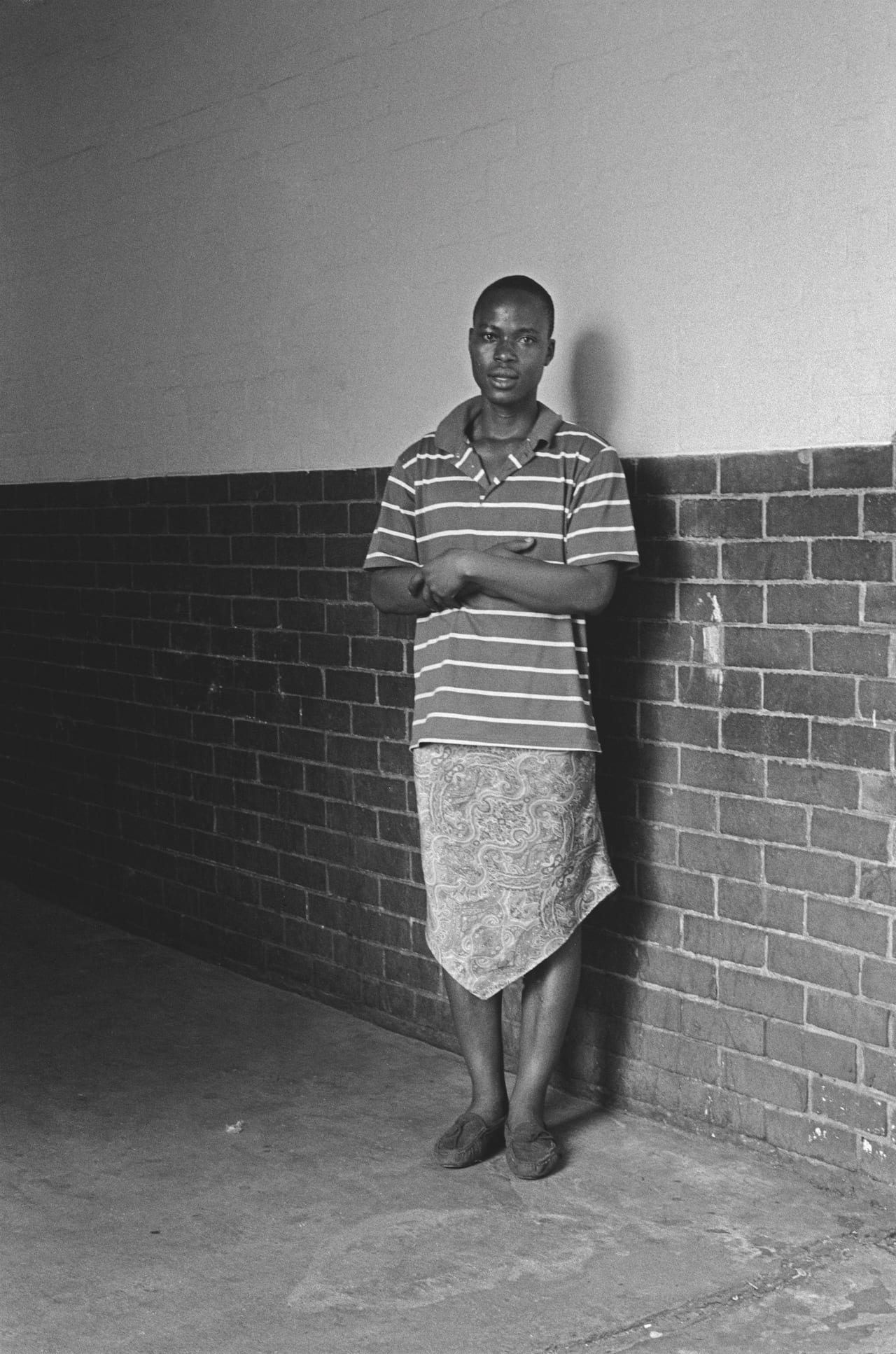
“I have still never seen the first work I made as a photographer,” says Sabelo Mangleni, who started his career as a delivery boy for a local photographer in his hometown in Driefontein, four hours drive east of Johannesburg. The photographer he worked for had been asked to shoot a wedding but, unable to attend herself, asked Mangleni to cover it – sending him off with a camera around his neck and a crash course in photography. After the wedding the newlyweds quickly picked out the images they wanted to remember their day with – so quickly, Mangleni never got to see them.
Still, the experience of looking for a good photograph and working with people from within a community, got him hooked, and in 2001 Mangleni moved to Johannesburg and joined the Market Photo Workshop. Set up by renowned documentary photographer David Goldblatt in 1989, this well-respected organisation supported young black photographers during apartheid South Africa.
It was an excellent start in photography, but arriving in Johannesburg, Mangleni felt alienated. “I couldn’t understand what people were saying,” he says, describing the struggle to communicate with people in English, which he was still learning at the time. To avoid speaking, he channelled his feelings into photographs of the buildings and architecture, which lead to his first, and ongoing, series Big City.
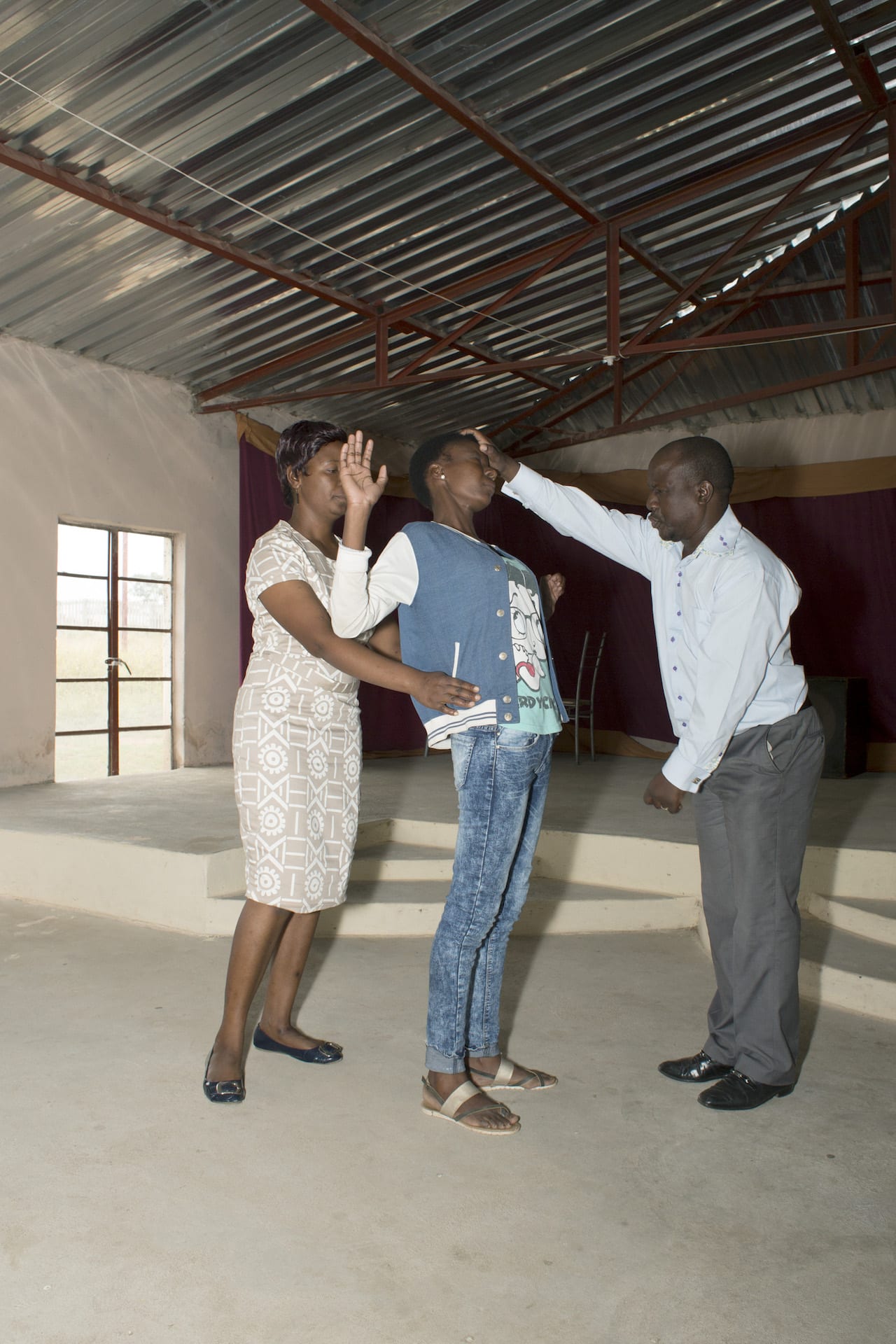
“South Africa is a deeply religious country,” says Giya Makondo-Wills, whose work-in-progress, They Came From the Water While the World Watched, maps out the interplay between Christianity and ancestral religion in the region. With four trips to the country under her belt so far, the 23-year old has travelled as much into the past as in the present, tracing the indelible repercussions of 19th-century European migration as they resonate through South African culture today.
Makondo-Wills, who is British-South African, became interested in her African grandmother’s faith while shooting another project. “She’s very Orthodox Christian but she also still practises ancestral religion, and that’s a core part of who she is. She prays to a God and the gods,” the photographer explains.
This duality got her thinking about the intersections of belief systems and how they were brought into contact. How did Christianity become so influential? How does it co-exist with indigenous religions? Building on her interests in race and identity, these questions soon elicited many others, spawning a long-term project that has carried her from a BA to an MA at the University of South Wales.
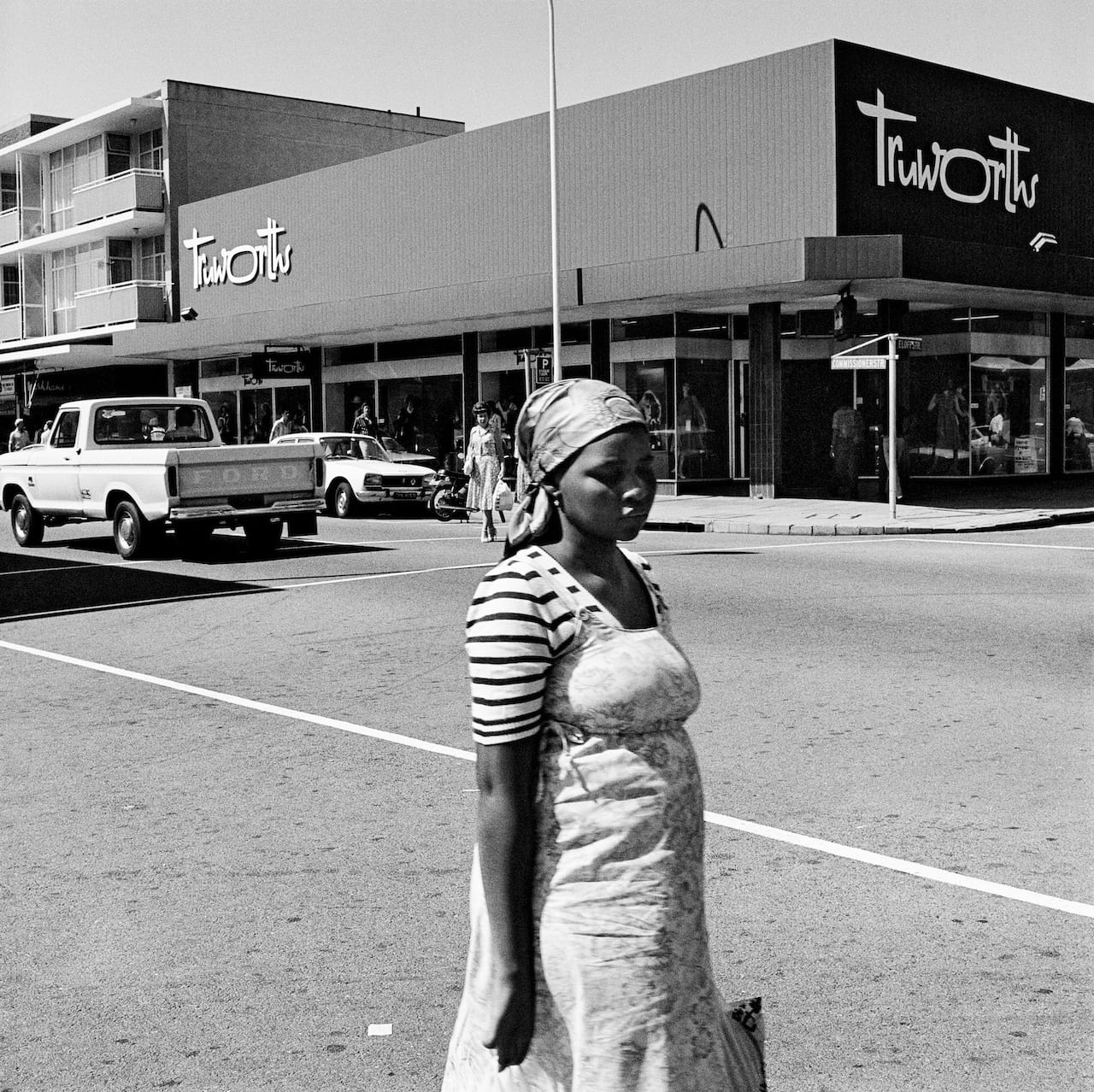
“I became interested in photography in the late 1940s and began to look at magazines such as Life, Look, and Picture Post,” David Goldblatt told Colin Pantall, writing for BJP in 2013. “In the early 1950s, I tried to become a magazine photographer. I sent my pictures to Picture Post and got rejected. Then, when the African National Congress became active in their struggle against apartheid, Tom Hopkinson, the editor of Picture Post, contacted me and asked if I could make something. So I went to an ANC meeting and photographed everything I saw. That was in 1952.
“I shot and I shot and I shot and then I realised that I was using a long roll of film – film that had failed to engage on the sprocket of the Leica I was using. It was an incredibly basic mistake. But the other thing I realised was that I wasn’t really interested in what was happening around me.
“After the ANC meeting, I discovered I had to understand what I was competent in and what I was interested in. That took some years to probe, until I could get to the underbelly of the society that underlay South Africa. And to understand it visually, I also had to get a grasp on the history of the country. So I did a degree, which included courses in English and economic history. This taught me how to think and understand what was happening around me.
“My father died in 1963. I was 32 with three children and a family, but I sold the shop [the family business] and, with a couple of Leicas and the capital to keep on going for a year, I became a full-time photographer.”
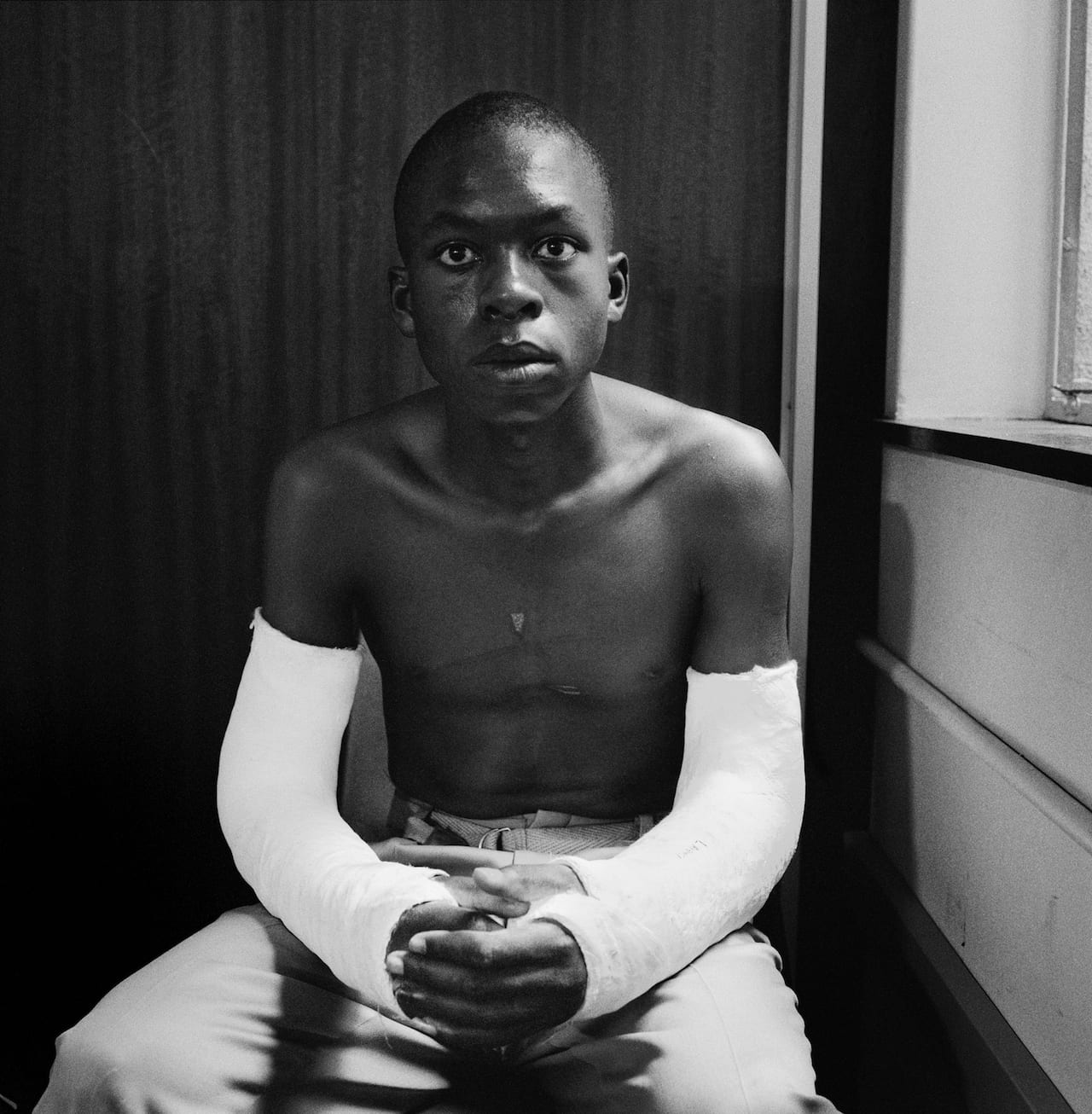
“David Goldblatt wanted to remove his judgement from his photography,” says Karolina Ziebinska-Lewandowska, the Centre Pompidou curator who worked on a huge retrospective of Goldblatt’s work, shown at the institution earlier this year.
“He always said that if a photograph serves a certain idea, even if it’s a good idea, the idea always takes precedence and the photography then contains a judgement. He felt that he should record the facts, and leave the judgement to the viewer.”
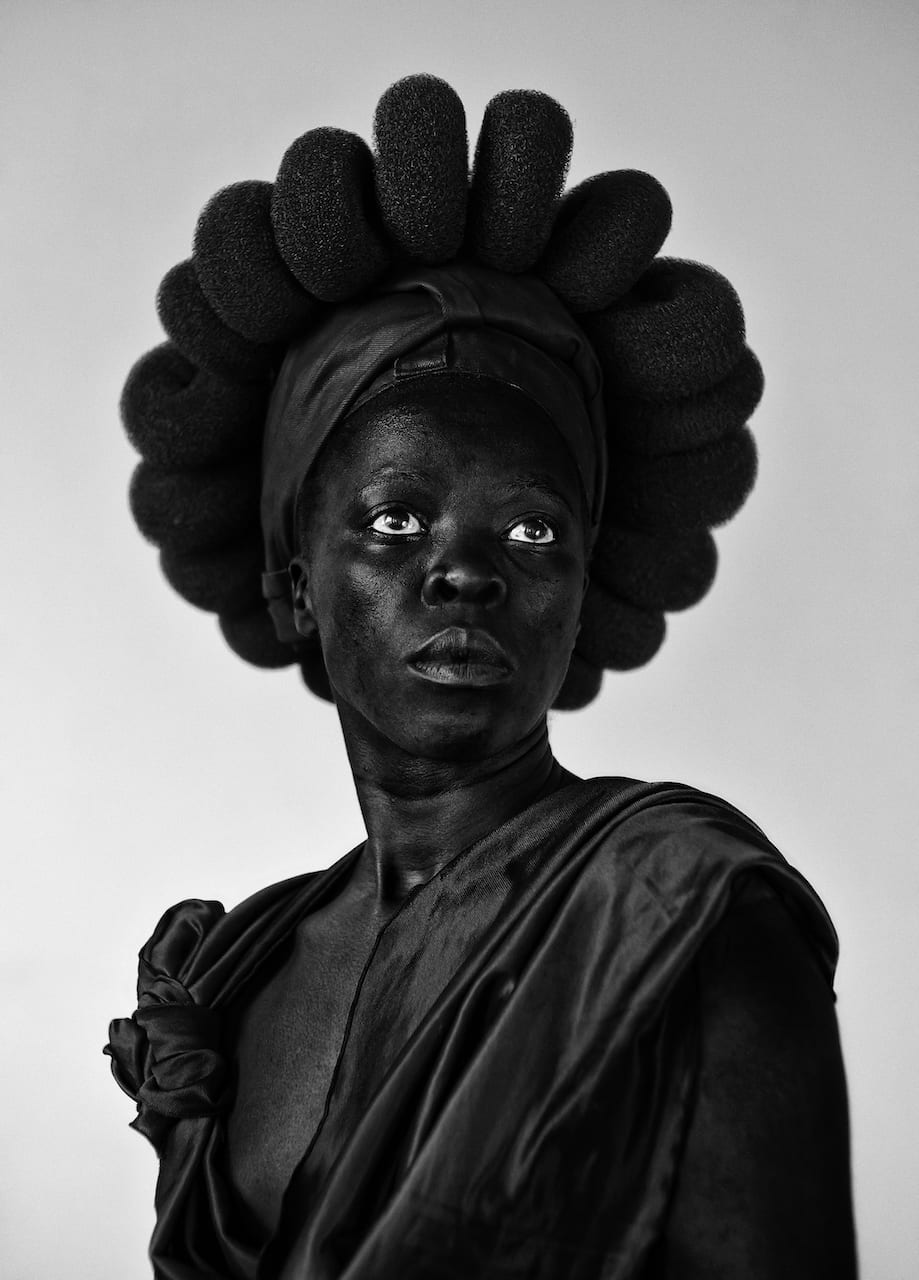
“I’m reclaiming my blackness, which I feel is continuously performed by the privileged other,” says South African photographer Zanele Muholi. Born in 1972 in Umlazi, a township close to Durban, Muholi defines herself as a visual activist using photography to articulate contemporary identity politics. In her latest series, Somnyama Ngonyama: Hail the Dark Lioness, she uses her body to confront the politics of race and representation, questioning the way the black body is shown and perceived.
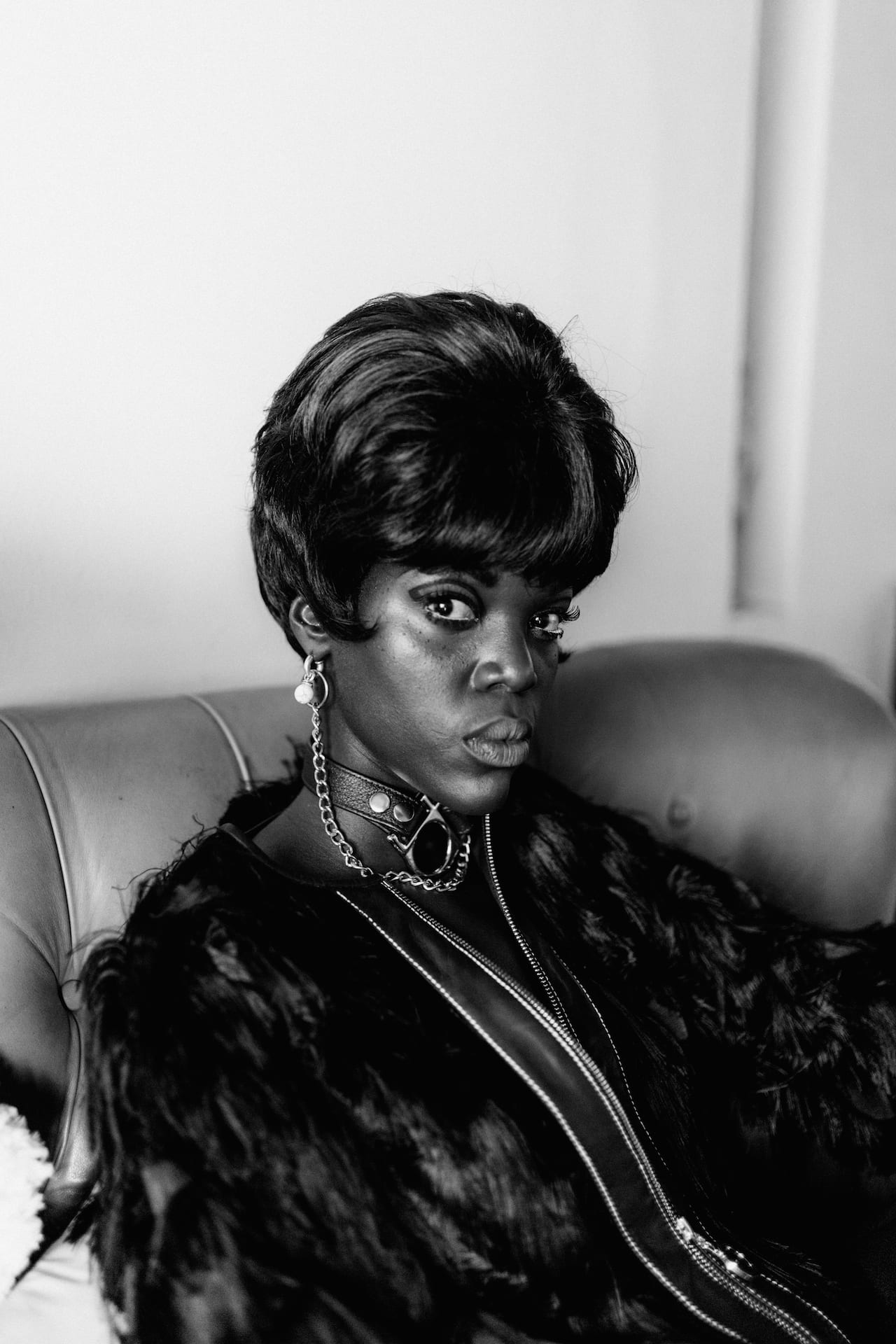
Casting from the street and creating near-future looks, South African photographer Kristin Lee Moolman is creating “a new African mythology”, say her fans, which has already featured in an exhibition at Somerset House, and in fashion magazines such as Vogue
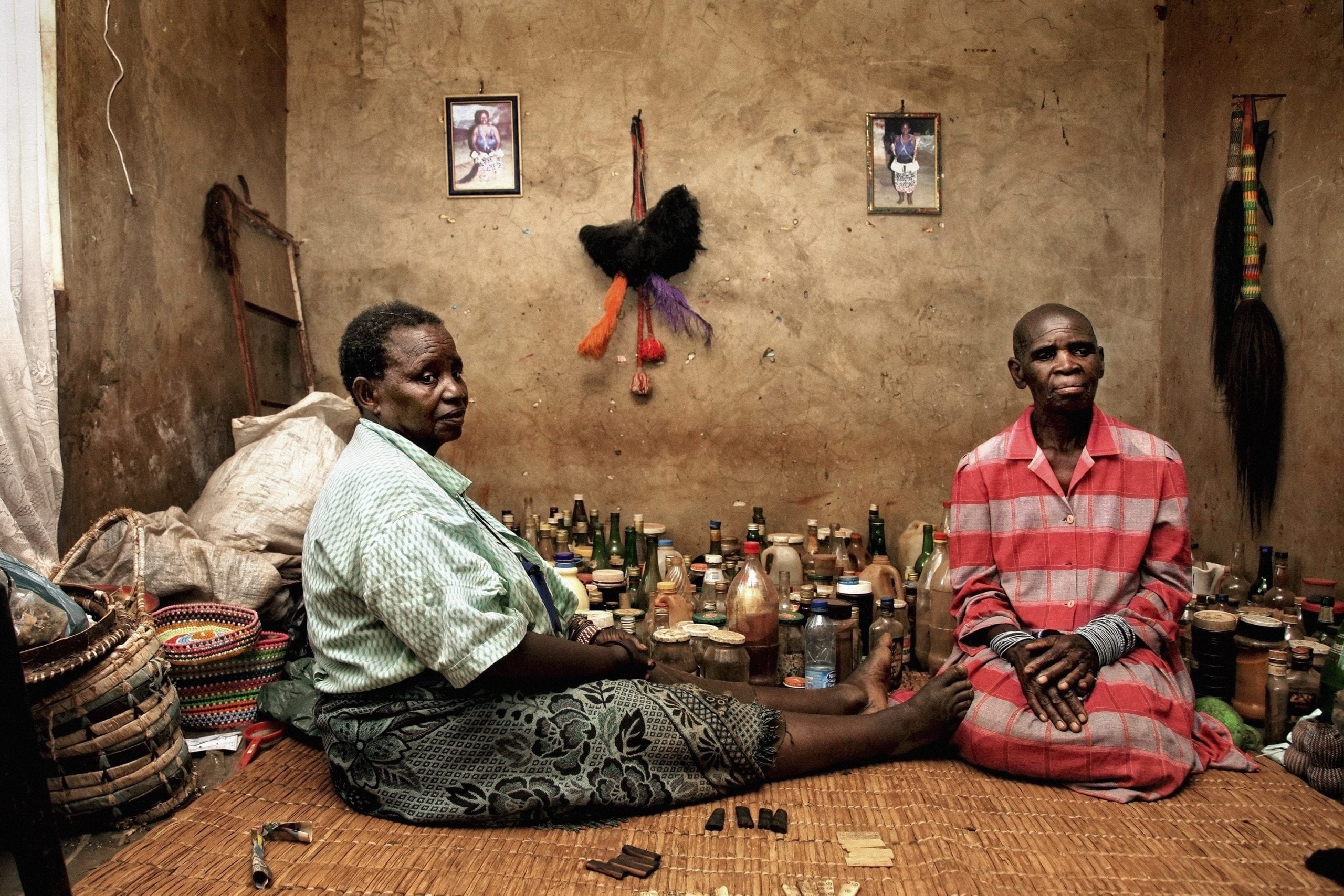
“The project is about the traces the ‘invisible world’ leaves on our world,” says 36-year-old…